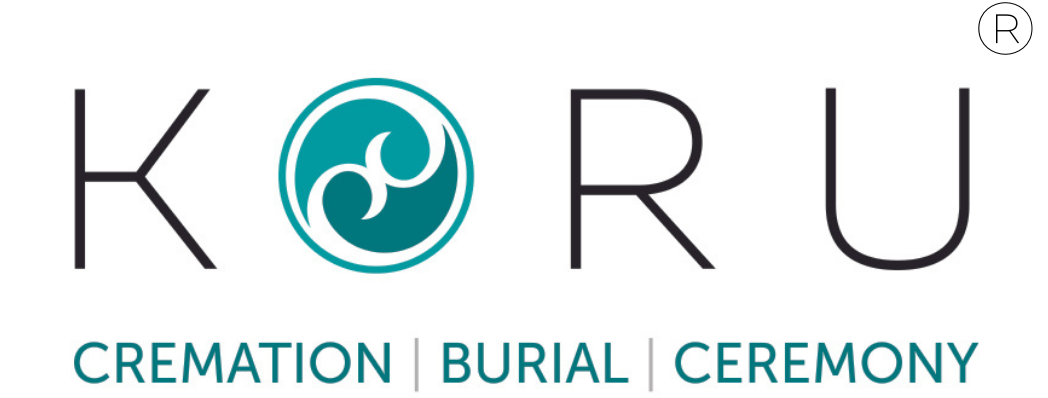Frequently Asked Questions
Want to learn more about Koru Cremation | Burial | Ceremony? Read our FAQs below. Still have questions? Contact us now.
Immediate Need
The urgency with which the body needs to be moved will vary based on the circumstances and place of death. Listed below are some different scenarios with details regarding transport after death.
In this situation, by law, you must call 911. You do not, however, need to immediately call 911. CPR and resuscitation attempts will be attempted on the deceased unless there is a Do Not Resuscitate Order immediately available to the emergency responders. Unexpected, unexplained deaths always involve the Coroner’s Office to a degree. This is a public safety measure.
If a death occurs in a care facility or nursing home and was unexpected, you’ll likely be asked to quickly arrange for a funeral provider to transfer the deceased to place of shelter. If you expect a death will happen soon and you want to be with your person before they are transferred, we advise you to inquire ahead of time with the staff about their protocols and practices for how long someone can stay in their room after death. If you’ve chosen your funeral provider beforehand, you can then ask the care home staff to inform you of the death (if you aren’t there) and assure them that you will call the funeral home after you’ve had the time you need with the deceased.
Every hospice will have its own protocols about how long a person can stay in their room once death occurs.
Coordinating these details is part of the service we offer. At KORU we use a team of transfer specialists to move or ‘transfer’ the deceased from their place of death to our place of shelter. Permission for us to carry out this transfer must be provided by the deceased’s executor or next of kin.
Planning Ahead
TruStage Life of Canada, a licensed Canadian insurance company, manages your money when you plan ahead and pay in advance for funeral needs with KORU.
KORU partners with TruStage Life of Canada to enable you to pre-pay your funeral costs. Your money and your policy are underwritten by TruStage (not KORU) which has been funding funeral expenses in Canada for over 50 years. If KORU were to shut down, you would follow up with TruStage and use another funeral provider.
The pre-paid funeral plan you purchase can be used at any funeral home in Canada. You can transfer your arrangements to another funeral home at any time, for any reason.
TruStage Life of Canada invests the money that you pay now for your future funeral services. At the time of your death, the interest accrued over time is added to your original purchase amount. This interest is paid to your funeral provider of choice to cover the expected increase in the cost of goods and services over time. If there is a balance left over after your funeral expenses are paid for, the extra funds are returned to the beneficiary of your estate.
Yes. MAiD stands for Medical Assistance in Dying. Medical assistance in dying provides eligible patients, who may be experiencing intolerable suffering due to a grievous and irremediable (incurable) medical condition, the option to end their life with the assistance of a doctor or nurse practitioner. To date, we’ve helped take care of many people who receive MAiD.
KORU Shop
Yes. We use Canada Post for our deliveries so you can arrange delivery to any address served by Canada Post.
We don’t have a retail shop but we do keep samples of some of our inventory on site at our office. Please call us to make an appointment so you can see our products for yourself before you order. If you arrive without an appointment we may not be here or we may be unable to help you because we’re with someone who has previously made an appointment.
Most items are delivered in 3-5 business days. Select items can take up to 10 business days.
The answer to this question depends on what you plan to do with the ashes (cremated remains). If they will be going to a cemetery you will likely (but not necessarily) need to purchase an urn. Each cemetery has its own urn requirements that include material (ie. metal and wood allowed but no plastic) and size. Some cemeteries will allow you to bury ashes in a favourite teapot or vase. Ask! KORU provides a utility urn (hard plastic) at no extra cost for their end of life clients. Visit our KORU shop to see a diverse selection of urns for purchase and for inspiration – maybe you can repurpose something special and use it as an urn.
Cremation
Every person that dies must have a “final disposition.” Practically speaking, this refers to what will ultimately happen to the deceased’s body. In British Columbia, the current choices are cremation or burial. Cremation is the most common form of disposition in the Metro Vancouver area due to many factors, including high cost of burial plots and families wishing to have private scattering services.
Cremation is defined as the reduction of a body to a fine ash-like substance through direct exposure to intense heat and flame. Alternative methods of cremation, such as resomation (also known as alkaline hydrolysis) are starting to be offered in other areas but are not yet available in B.C.
The process of cremation happens in a building called a crematory or crematorium. There are more than 1,000 crematories in Canada and the United States today. Within a crematory is a special vault called a cremation chamber, or retort. Once a body has been prepared for cremation it is placed in a cremation casket or container, and the container is slid into the cremation chamber which is designed to accommodate one casket at a time. Once the chamber door is closed and tightly sealed, a trained crematory operator begins the cremation process which takes about 2-3 hours.
Yes, you can, and in the funeral world it is called a Witness Cremation. Typically family and friends are present in the room with the deceased (who would be inside her or his casket or cremation container) as the casket is placed into the cremation chamber. After the chamber door is closed it is usually possible for one person to press the start button or turn the equivalent knob to ignite the chamber and start the process of cremation. Just like being present when a casket is lowered into the ground, witnessing the beginning of the cremation process can be helpful in helping you integrate a death into your new reality.
Absolutely. Cremation is a form of final disposition as is burial, which means, like burial, a funeral service (when the casket is present at the service) can be held, followed by the cremation.
The reasons cremation is so common in our community, include:
- Cultural or religious requirements
- It can be a simpler and less expensive option over burial
- There is more flexibility for families whose roots are elsewhere or for people whose families are very mobile
- It can be incorporated into any type of ceremony or service or be a simple act separate from a service
- As with burial, family and friends can be present for a cremation, giving you the opportunity to say goodbye in a profound and meaningful way
- It is perceived by some people as a greener option than conventional burial
Burial
Most cemeteries require that a casket be used for full-body burial. Caskets can be made of metal, wood, cloth, bamboo, willow, seagrass, and cardboard. Every cemetery has its own rules about what is an acceptable casket material. Ask! A fabric shroud is allowed for Muslim burials in most cemeteries and shrouds are commonly used in cemeteries that are certified or self-described as green or natural burial cemeteries.
From a cemetery perspective, there are 5 generally agreed upon principles that make up a green burial: no embalming, direct earth burial (no burial vaults or grave liners), ecological restoration and conservation, communal memorialization (no individual headstones or markers) and optimized land use. Some cemeteries may not have green certification but still try to lighten their environmental footprint by focussing on water reduction strategies, banning the use of pesticides, planting native trees and shrubs, using low emission vehicles and allowing shroud burials. Visit Green Burial Society of Canada to learn more and to see common myths about green burial.
Burial is defined in B.C. law as a form of final disposition, as is cremation, and is therefore subject to the laws regulating final disposition. As such, unless an area has been deemed to be suitable for burial by the B.C. government, burial cannot occur. For complete information of B.C. laws on burial, please see: http://www.bclaws.ca/civix/document/id/complete/statreg/04035_01
Ceremony
British Columbia law does not require embalming to be performed when someone dies. It is a choice for the legal representative of the deceased, or the next of kin to make. There are situations, however, when embalming is necessary. For an in-depth conversation on this topic, feel free to call us anytime at 604-324-8285.
A Memorial Service most often describes a service that is held without the casket. Instead, personal memorabilia and/or the urn may be present. These types of ceremonies can take place in an art gallery, on a beach, in a church, in your home or backyard or just about anywhere you would like.
A Living Tribute occurs while the person to be honoured is alive and still able to participate in a setting of their choosing.

